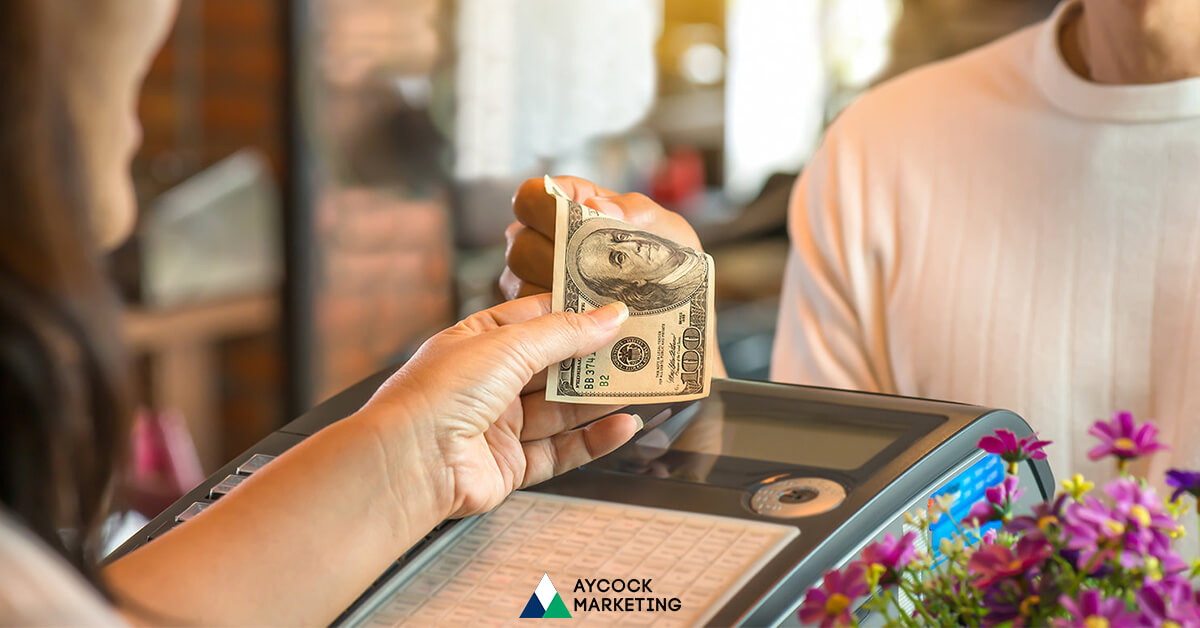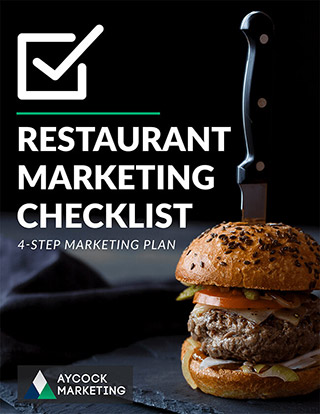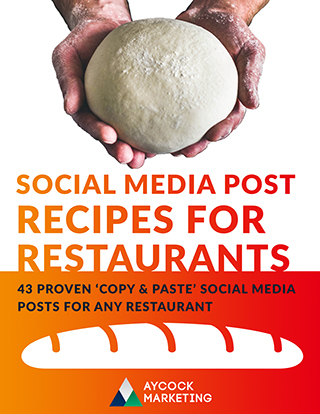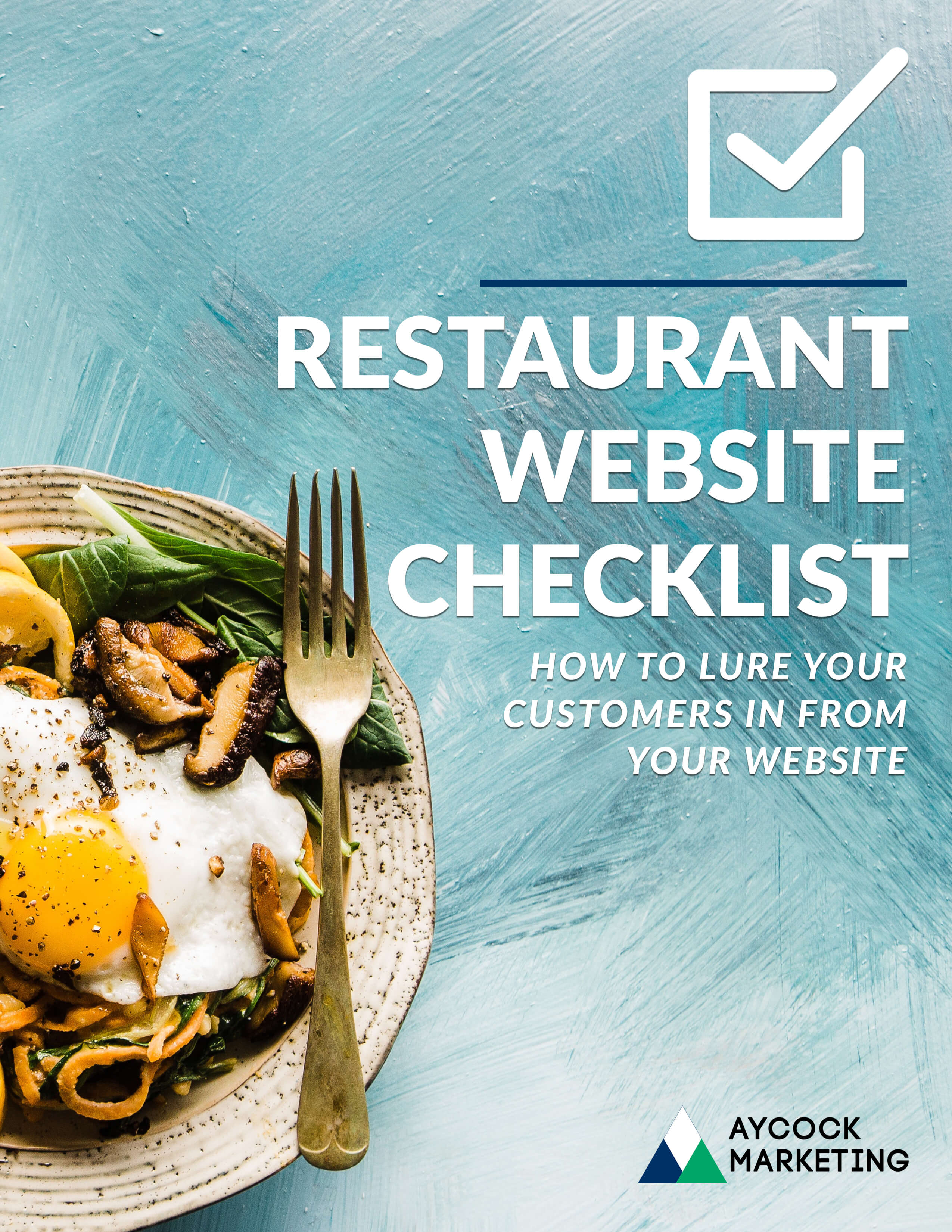Pricing and repricing your menu items for your restaurant can be hard work. Before you go and increase or decrease your prices, make sure you consider these 7 vital points:
1 – Food Costs
As a rule of thumb, most restaurants should try and keep their food cost around one-third of the menu prices. This will give you enough room to make a profit and account for additional costs/margins.
2 – Margins
Don’t forget to consider how long it takes your employees to produce a dish, how much it costs to import the foods, etc. These all will add up lowering your margins. Many restaurant owners get overly caught up in the Food Costs, without looking at their actual margins.
3 – Additional Costs
As stated in the last point, there are other things to consider such as the cost of labor, cost of oil to cook said food, etc. Think about any giveaway foods like chips & salsa, along with the food wasted.
4 – Cost Volatility
If working with volatile-priced ingredients (cost dramatically goes up & down), consider making dishes that include these items as specials, and not regular menu items. Printing menus in-house will help you easily change your menu specials in a moment’s notice.
5 – Competitors’ Prices
Find out what your competitors are pricing their dishes at and keep those in mind. Go dine at other restaurants in the area to get a better understanding of what you’re up against. Patrons often times consider price when choosing a place to dine.
6 – Menu Mix
Figure out what each menu item’s volume is, and then figure out whether or not it has a high margin or low margin. This will help you better understand which way you can move your pricing and by how much.
7 – Adjusting Ingredients
Consider asking yourself: “Can I make this entree for less?” Is there a way to make your dish cost you less money instead of raising the price? Taking the time to seek new providers of ingredients can help you get cost down which could allow you to keep your prices the same. As long as it doesn’t negatively affect the quality of the dish, of course.
BONUS – Analyze Historical Data
Keep track of what your prices are at least twice per year and revisit them. Look into whether or not it affected your bottom line negatively or positively. You may be surprised to find equal or greater profits by making small adjustments as mentioned above.
We hope you found this article helpful and hope you consider all of these points before raising the prices of your restaurant’s menu items. If you’d like more restaurant marketing ideas, click here.
Have questions? Send us a message and we’ll be happy to help.







